Earl Grey Tea Benefits: 9 Science-Backed Health Perks
Relax with a pleasant cup of this nutritious tea that will improve your overall health.

Image: Shutterstock
The benefits of Earl Grey tea extend beyond its unique and delicious flavor and its soothing aromatic scent. It is loaded with antioxidants and other beneficial bioactive compounds and has multiple health benefits. It may protect your teeth and ease cold symptoms. This article discusses Earl Grey tea’s benefits, importance, and possible side effects. Take a look.

 Know Your Ingredient: Earl Grey Tea
Know Your Ingredient: Earl Grey TeaWhat Is It?
A popular British tea that is made by blending black tea with bergamot oil.
What Are Its Benefits?
It may boost teeth health, reduce depression, improve digestion, and fight inflammation.
Who Can Consume It?
Anyone can consume this except people on anti-anxiety or antidepressant medications.
How Often?
You can drink up to three cups daily.
Caution
Avoid drinking this tea if you are pregnant or breastfeeding. It may lead to cramps, jitters, or reduced iron absorption in the body.
In This Article
What Is Earl Grey Tea?
Earl Grey tea is a tea blend often flavored with bergamot oil, an essential oil extracted from the bergamot fruit. It has a signature lemon-like pungent flavor and is believed to have been named after the former Prime Minister of Britain in the 1830s, Earl Charles Grey.
 Fun Fact
Fun FactThe tea leaves are usually infused with the signature citrusy scent towards the end of the manufacturing process. Let’s understand how it is made.
Key Takeaways
- Earl grey tea might lower cholesterol levels, reducing the risk of heart disease, as it contains bergamot.
- Sipping on earl grey tea may ease cramping and constipation and boost your immunity due to its antioxidant nature.
- Earl grey tea may not be a great choice for pregnant and breastfeeding women as it contains caffeine.
- The tannins in the tea may also stain your teeth and interfere with iron absorption from green leafy vegetables.
How Is Earl Grey Tea Made?
Earl Grey tea is made by infusing black tea leaves with the natural oil extracted from the bergamot oranges’ rind. This combination yields Earl Grey’s signature refreshing and zesty flavor, setting it apart from other teas.
The process begins with plucking the tea leaves for withering to reduce moisture content. Then, the leaves are rolled and oxidized to achieve the desired flavor profile, followed by adding the bergamot oil. Then, the tea is dried to remove any remaining moisture, making the tea ready for brewing.
Apart from its uniquely delicious flavor, Earl Grey tea is becoming increasingly popular among consumers for providing innumerable health benefits. Scroll down to see what they are.
What Are The Benefits Of Earl Grey Tea?
Earl Grey tea is popular not just for its distinct taste but also for the many health benefits it offers. By adding Earl Grey tea to your daily routine, you can enjoy both its delightful flavor and the benefits it may have on your health. Research has shown several advantages associated with drinking this aromatic tea. Here are some of the key health benefits of Earl Grey tea, backed by scientific studies:
1. May Boost Teeth Health

Some believe that the catechinsi Chemical compounds abundant in tea, coffee, and chocolate that possess antioxidant and antimicrobial properties in the form of beverages. in Earl Grey tea (or any tea for that matter) can benefit the health of your teeth. Though direct research on Earl Grey tea is lacking, studies do show that tea catechins, in general, can promote oral health. Tea extracts were found to be helpful in preventing dental cariesi Permanently damaged areas in the teeth that lead to tiny openings or holes caused by bacteria or unhealthy oral hygiene. (1). More importantly, the fluoride in Earl Grey may also help prevent cavities and tooth decay.
Though more research is warranted, this is an encouraging step.
2. Eases Depression Symptoms

The bergamot oil the tea contains is known to have a calming effect on individuals. This can boost the person’s mood and help relieve symptoms of depression and anxiety and even provide stress relief (2). Bergamot’s natural aromatherapic qualities play a role here.
3. Can Boost Heart Health
This can again be attributed to the bergamot in the tea. As per studies, this key ingredient can lower cholesterol and prevent heart disease as a consequence. Bergamot contains essential enzymes like HMGF (Hydroxy methyl glutaryl flavonones) that can attack those proteins in the body known to cause heart disease (3). In fact, bergamot is considered as good as statins (a group of drugs prescribed for fat reduction) in improving heart health.
Studies also show that taking Earl Grey tea can even improve good cholesterol levels, which is another precursor for heart health.
4. May Enhance Digestion

Thanks to its anti-inflammatory properties, Earl Grey tea can ease abdominal issues like cramping, constipation, and hemorrhoids. Traditionally, this tea has also been used to treat colici Prolonged and frequent intense fussing and crying in a well-fed, healthy baby due to distress or for no immediately obvious reason. and nausea.
Earl Grey tea also contains antioxidants, called theaflavins, which eliminate free radicals that can cause indigestion and other digestive issues. Research shows that consuming at least three cups of Earl Grey tea a week can cut the risk of digestive system cancer. Some believe that consuming at least three cups of Earl Grey tea a week can cut the risk of digestive system cancer, though more research is warranted here.
5. May Decrease Cancer Risk
The antioxidants in the tea can fight free radicals, which can otherwise lead to cancer in the long run. There are some interesting findings about ovarian cancer as well – women taking flavonoids, the antioxidants abundant in Earl Grey tea (and other teas as well), were found to be at a lower risk of developing ovarian cancer (4).
It also is beliebved that Earl Grey tea may have the potential to halt angiogenesis, which is a bodily process through which new blood vessels are formed. Angiogenesis only happens in certain instances – for women during their monthly periods and pregnancy, and also for everyone when there is a physical injury. But once the need for these additional blood vessels is met, the body has to prune them back. The failure of this, due to any reason, can lead to diseases, cancer being one of them. However, whether Earl Grey tea contributes in this regard is yet to be studied.
6. Earl Grey Tea Fights Inflammation
This could be attributed to bergamot oil, again. Studies have demonstrated the amazing anti-inflammatory properties of bergamot oil (5). Since Earl Grey tea contains bergamot oil, it is hypothized that it also may help fight inflammation.
7. Might Promote Weight Loss
Drinking Earl Grey tea for weight loss may support you in your journey to becoming healthier! It’s because the bergamot oil in Earl Grey tea has citrus extracts that are known to boost metabolism and help you lose weight. And there is caffeine in the tea, which also boosts fat burning and contributes to healthy weight loss. However, there is no research to support this. Evidence that exists is only anecdotal.
8. Boosts Immunity
The antioxidants in the bergamot oil fight free radicals and boost the immune system. They also fight oxidative stress, which can hamper the functioning of the immune system. Some research shows that bergamot may act as a bactericidal and antiviral agent, thereby boosting the immune system (6). This tea could be the ideal drink if you are suffering from symptoms of cold and fever. The tea may also treat a sore throat.
9. Might Treat Sunburns

Though there is very less research on this, some anecdotal evidence suggests that the antioxidants in Earl Grey tea can help heal sunburns. You just have to massage the tea over the affected area every morning and night.
These are the different ways you can use Earl Grey tea for your benefit. But how do you make the tea? What do you need?
How To Make Earl Grey Tea
The process is simple. You just need a couple of teaspoons of Earl Grey tea and some water. Here are the steps:
- Heat the water. Allow it to boil.
- Add a couple of teaspoons of the tea leaves to a cup.
- Pour the boiled water into the cup and let them steep.
- Strain the liquid and enjoy.
If you want to make the tea with milk, simply replace the water with milk. And if you want to have Earl Grey green tea, you can mix the leaves of both the teas and follow the process discussed above.
Nicole Jolly, a YouTuber, shares how she makes a perfect cup of Earl Grey tea with one special tip. She says, “First thing you want to do is to warm your vessel, which simply means your mug or your teapot, whatever you’re using. Because think about it – when you want to start brewing that tea, put the hot water on the tea, you don’t want the mug to absorb all of that heat away (i).”
For iced Earl Grey tea, simply let the leaves steep in the hot water. Strain the liquid and allow the tea to cool down. You can add a couple of ice cubes to it and have your iced tea.
 Quick Tip
Quick TipQuite simple, isn’t it? Does this mean you can take the tea as many times as you want every day? Maybe not.
What Are The Side Effects Of Earl Grey Tea?
Issues During Pregnancy And Breastfeeding
Drinking Earl Grey tea during pregnancy requires some consideration. Like most other teas, Earl Grey tea contains caffeine. This may not be safe for pregnant or breastfeeding women. Some research shows that excess caffeine intake during pregnancy can increase the risk of miscarriage (7). In breastfeeding women, the caffeine in the tea may cause irritability in the infant (8).
Caffeine Problems
Excess caffeine can lead to anxiety, tremors, heart palpitations, and even sleeplessness(9), (10). If you have issues with caffeine intake, reduce intake of the tea.
Stained Teeth

Tea contains tanninsi Water-soluble natural chemical compounds present in plant foods and plant parts that exhibit antimicrobial and antioxidant properties. , which can get transferred to your tooth enamel, thereby staining your teeth. You can rinse your mouth after drinking to prevent this.Individuals who have undergone tooth whitening procedures are also advised to avoid tea to prevent staining (11).
Issues With Iron Absorption
The tannic and gallic acids in the tea can interfere with the absorption of iron from leafy green veggies. Hence, reduce intake of the tea if you are deficient in iron. Also, drink the tea in between meals and not with them(12).
Bergamot Toxicity
Excess intake of the tea can lead to bergamot toxicity, which can interfere with potassium absorption (13). Anecdotal evidence suggests that other symptoms of bergamot toxicity may include cramps in the hands and legs, burning sensations, muscle twitches, and even blurry vision.
Infographic: 5 Ways Earl Grey Tea Benefits Your Health
Earl Grey tea is famous for its refreshing citrus flavor and aroma. Apart from its rich taste and caffeine kick, black tea and bergamot oil – the two components of this tea blend – are said to benefit your health in many ways. Check out the infographic below to learn more about the 5 must-know benefits of Earl Grey tea.

Illustration: StyleCraze Design Team
Earl grey tea is the most flavored tea infusion with a lemon-like pungent taste. It is often infused with bergamot oil and has many therapeutic applications. The bioactive compounds and antioxidants in this hot beverage can benefit your health and wellness in numerous ways and provide immense relaxation. The tea may help boost teeth health, reduce depression symptoms, lower cholesterol levels, and improve digestive system function. However, consumption of this tea in excess quantities may increase the risk of miscarriage and anxiety and even stain your teeth. Hence, consume the tea in moderation to reap its maximum benefits.
Frequently Asked Questions
Is green tea better than Earl Grey tea?
Yes, green tea is a better choice compared to Earl Grey tea. Earl Grey tea approximately has 30-65 mg of caffeine, whereas green tea contains around 10-25 mg of caffeine. However, both these have their own health benefits, and it is up to the individual what they choose.
Is Earl Grey tea acidic or alkaline?
Earl grey tea is acidic. Its pH is nearly around 4.5.
Is Earl Grey tea considered black tea?
Yes, Earl Grey tea is typically black tea that is flavored with bergamot essential oil, so the benefits of black tea will also apply to it.
Illustration: Earl Grey Tea: 9 Benefits And Side Effects On Your Health

Image: Stable Diffusion/StyleCraze Design Team
Delve deeper into the amazing health benefits of Earl Grey tea. Watch this video to learn how it can help improve your overall wellbeing and keep you feeling your best. Tune in now!
Personal Experience: Source
StyleCraze's articles are interwoven with authentic personal narratives that provide depth and resonance to our content. Below are the sources of the personal accounts referenced in this article.
i. How to Make the PERFECT Cup of Tea (and who was EARL GREY, anyway?)https://www.youtube.com/watch?v=gy3d9BRNu34
References
Articles on StyleCraze are backed by verified information from peer-reviewed and academic research papers, reputed organizations, research institutions, and medical associations to ensure accuracy and relevance. Read our editorial policy to learn more.
- Camellia sinensis (Tea) : Implications and role in preventing dental decay Pharmacognosy Review US National Library of Medicine National Institutes of Health.
https://www.ncbi.nlm.nih.gov/pmc/articles/PMC3841993/ - Bergamot (Citrus bergamia Risso et Poiteau) essential oil: Biological properties cosmetic and medical use. A review The Journal of Essential Oil Research United States Department of Agriculture.
https://search.nal.usda.gov/discovery/search?query=lds35,contains,1229281-01nal_inst,AND&tab=LibraryCatalog&search_scope=MyInstitution&vid=01NAL_INST:MAIN&mode=advanced&offset=0 - Bergamot polyphenolic fraction enhances rosuvastatin-induced effect on LDL-cholesterol, LOX-1 expression and protein kinase B phosphorylation in patients with hyperlipidemia, International Journal of Cardiology
https://www.researchgate.net/publication/258634814_ - Association among Dietary Flavonoids Flavonoid Subclasses and Ovarian Cancer Risk: A Meta-Analysis PloS One.
https://journals.plos.org/plosone/article?id=10.1371/journal.pone.0151134 - Efficacy of bergamot: From anti‐inflammatory and anti‐oxidative mechanisms to clinical applications as preventive agent for cardiovascular morbidity skin diseases and mood alterations Food Science & Nutrition US National Library of Medicine National Institutes of Health.
https://www.ncbi.nlm.nih.gov/pmc/articles/PMC6392855/ - Antimicrobial Activity of Some Essential Oils—Present Status and Future Perspectives
https://www.ncbi.nlm.nih.gov/pmc/articles/PMC5622393/ - Lifestyle and pregnancy loss in a contemporary cohort of women recruited before conception: The LIFE Study
https://www.fertstert.org/article/S0015-0282%2816%2930042-5/fulltext - Infant Outcomes Nutrition during Lactation National Center for Biotechnology Information.
https://www.ncbi.nlm.nih.gov/books/NBK235581/ - Caffeine and cardiac arrhythmias. An experimental study in dogs with review of literature Acta Cardiologica US National Library of Medicine National Institutes of Health.
https://pubmed.ncbi.nlm.nih.gov/9217918/ - Caffeine and diazepam: separate and combined effects on mood memory and psychomotor performance Psychopharmacology US National Library of Medicine National Institutes of Health.
https://pubmed.ncbi.nlm.nih.gov/3936091/ - The effect of different drinks on tooth color after home bleaching European Journal of Dentistry US National Library of Medicine National Institutes of Health.
https://www.ncbi.nlm.nih.gov/pmc/articles/PMC4054058/ - Effect of Tea and Other Dietary Factors on Iron Absorption ResearchGate.
https://www.researchgate.net/publication/12295386_Effect_of_Tea_and_Other_Dietary_Factors_on_Iron_Absorption - Citrus bergamia essential oil: from basic research to clinical application
https://www.ncbi.nlm.nih.gov/pmc/articles/PMC4345801/
Read full bio of Madhu Sharma
Read full bio of Ravi Teja Tadimalla
Read full bio of Arshiya Syeda
Read full bio of Aparna Mallampalli







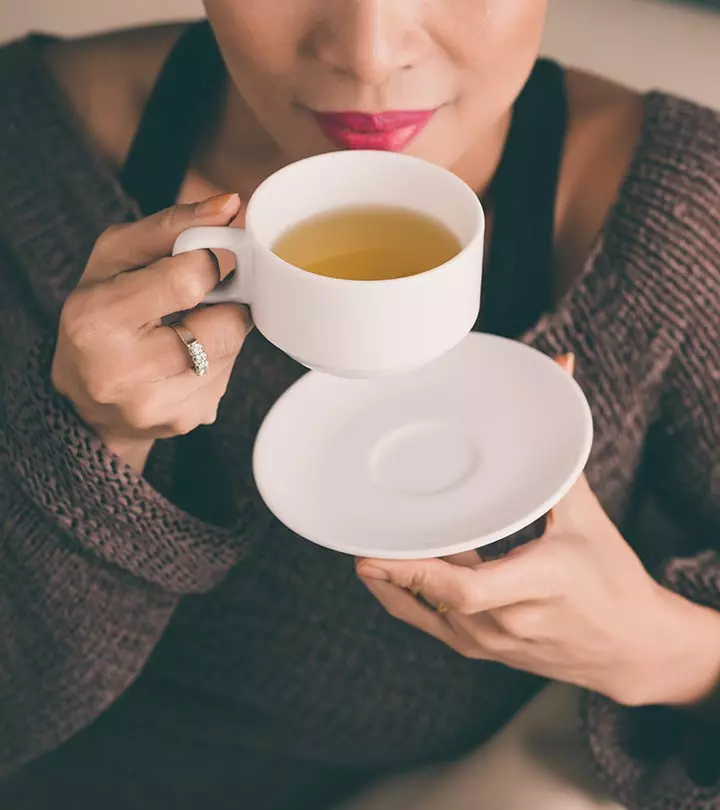
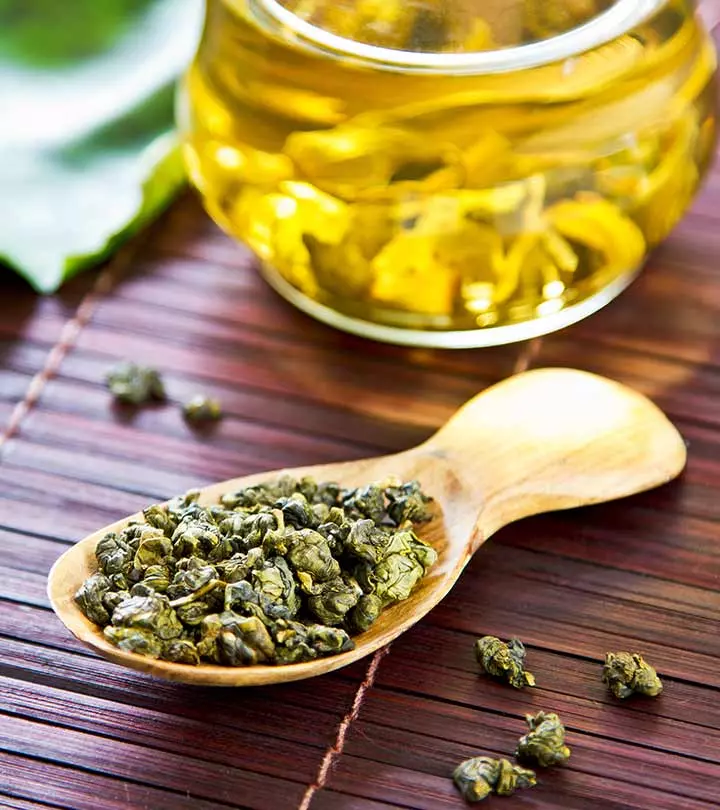
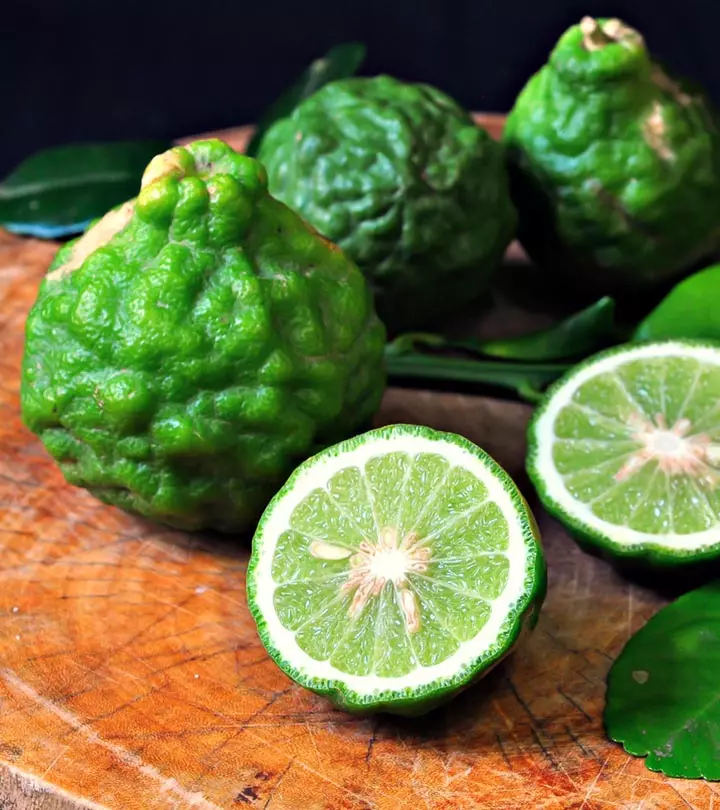
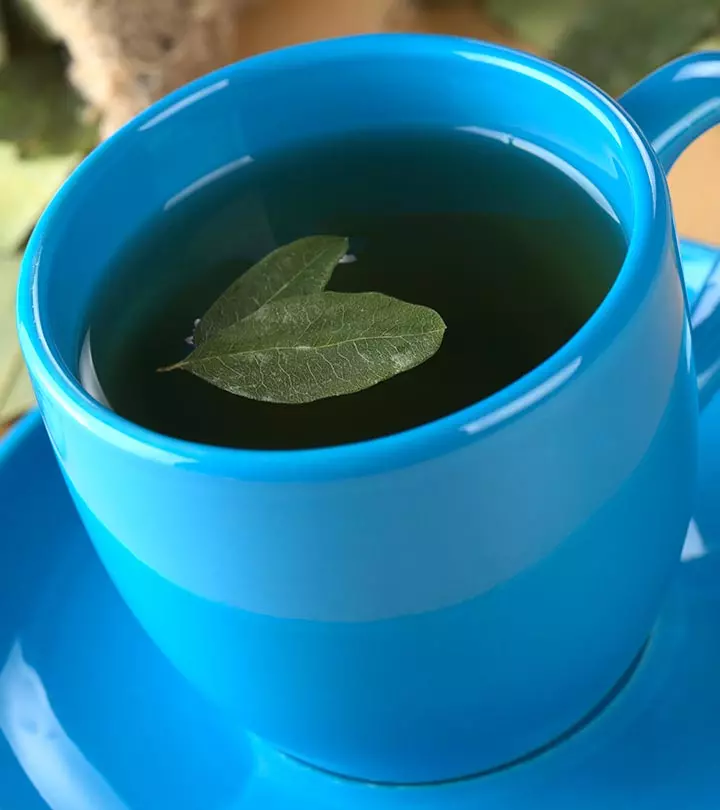
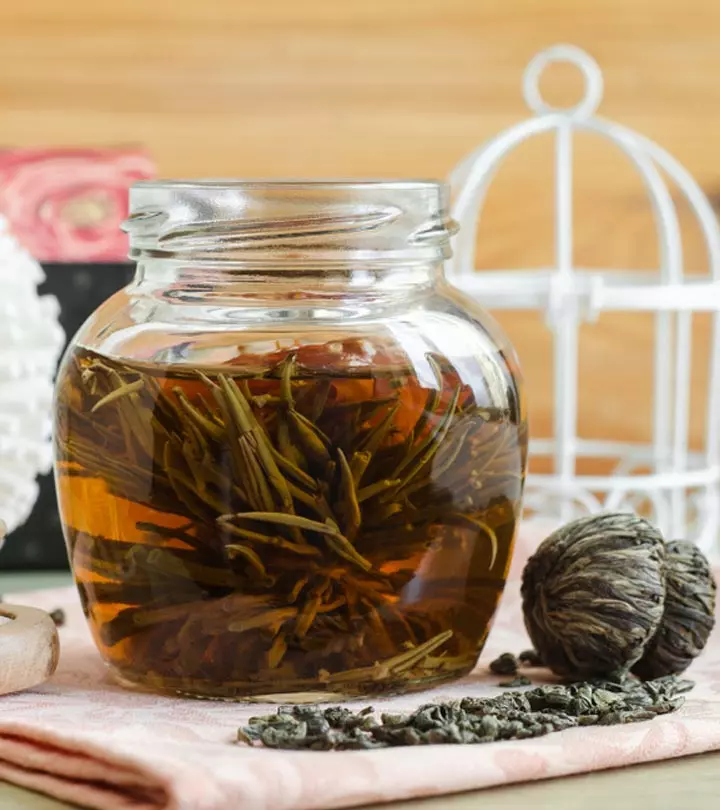


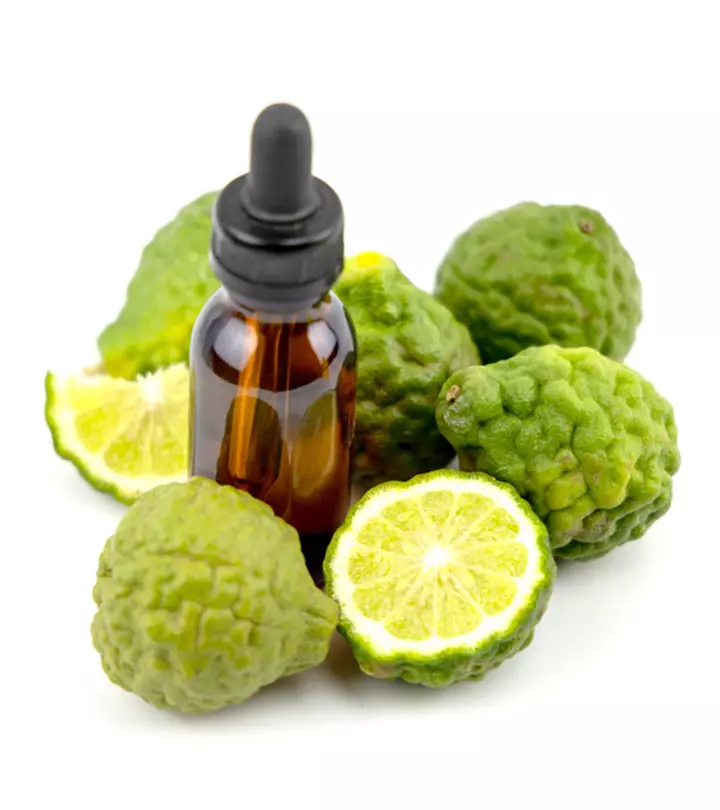





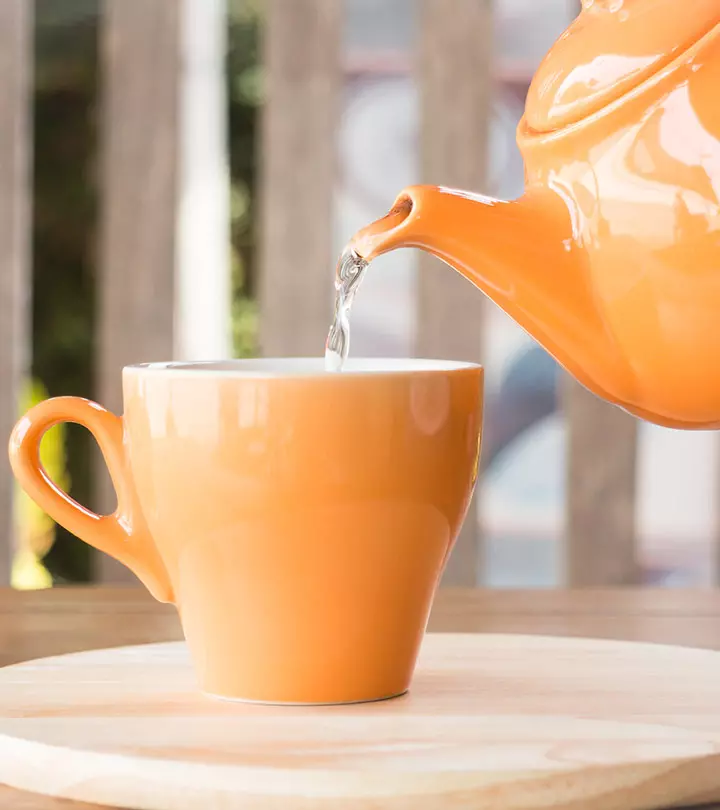
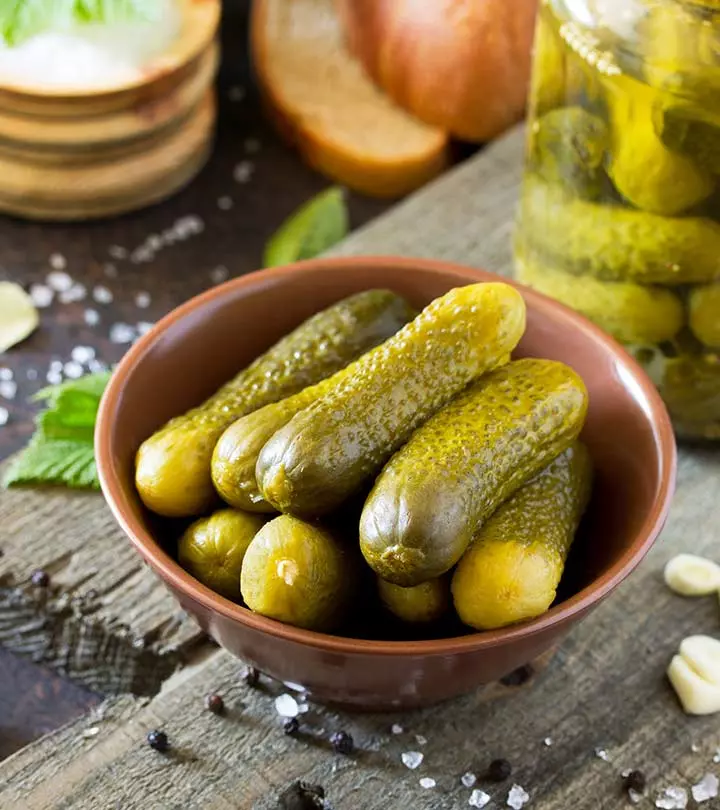


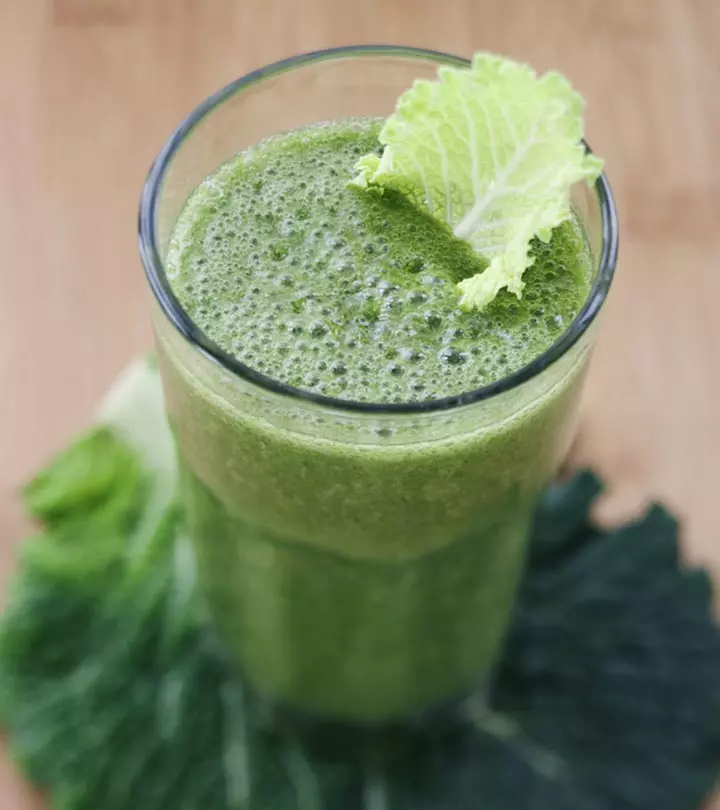


Community Experiences
Join the conversation and become a part of our empowering community! Share your stories, experiences, and insights to connect with other beauty, lifestyle, and health enthusiasts.